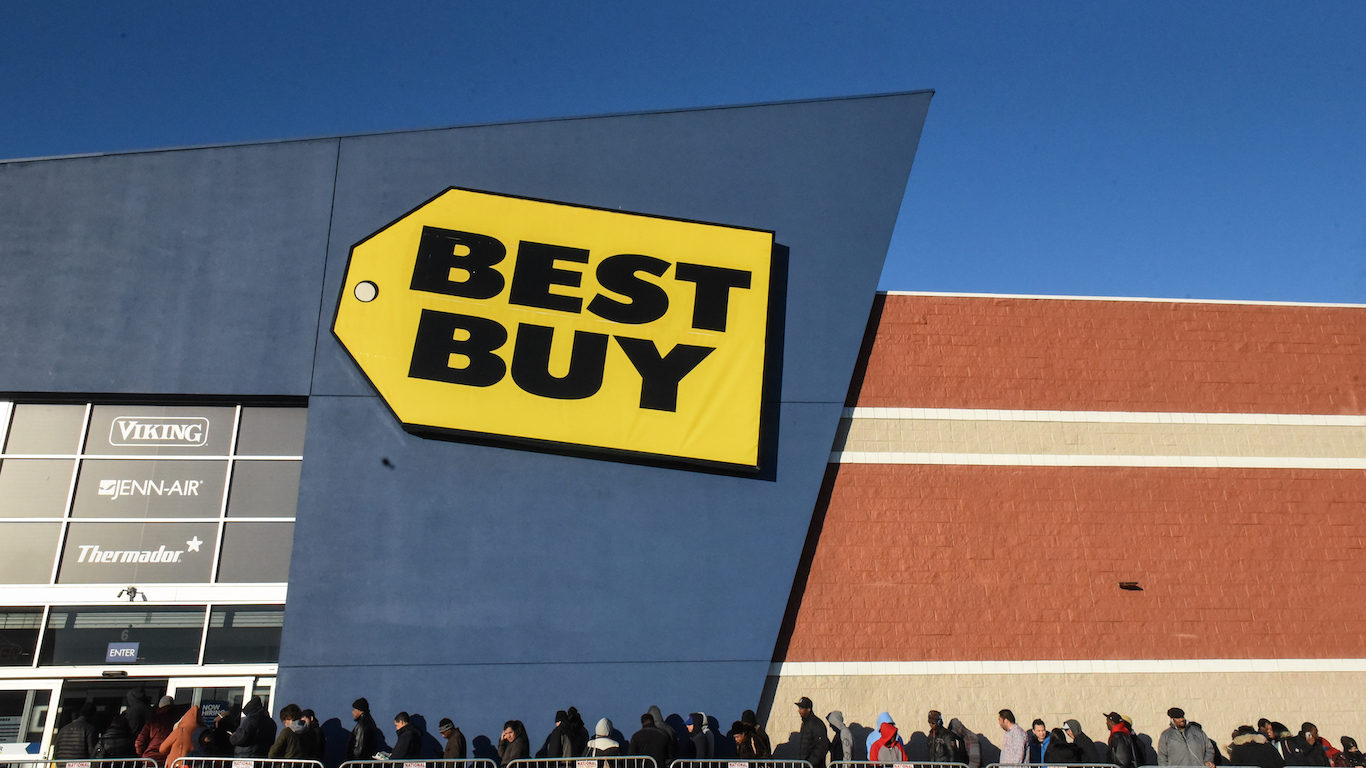
Since 2000, General Electric Co. (NYSE: GE) has dropped more than $500 billion in market value. The company, once among the world’s most valuable, is now worth only about 15% more than Uber. How could something that was once so right end up so wrong?
According to a new case study by the Institute for Energy Economics and Financial Analysis (IEEFA), the critical decision was GE’s $13.7 billion acquisition of the thermal, renewables and grid power business of French industrial giant Alstom. GE made its offer in 2014 and the acquisition closed in 2015.
To say that the acquisition didn’t work out as planned may be a massive understatement. GE, according to the IEEFA report, nearly doubled its fleet of coal-fired power generation in the acquisition and placed a huge bet on the future of natural gas-fired power generation. The company, along with many others in the industry, believed that the future of natural gas turbines, along with long-term contracts to service the turbines, was a winner in the short term and stable for the long term.
The company was too optimistic. In 2016 the number of gas-fired turbines with a generating capacity greater than 100 megawatts sold by all manufacturers totaled 181 worldwide. In 2017 that total collapsed to 122, and it dipped further to an estimated 110 last year. GE’s share of the market dropped from 102 units in 2017 to just 42 in 2018.
In 2018, GE was forced to write down $23 billion in goodwill for its power segment, more than it had paid for the Alstom business just three years earlier. New CEO Larry Culp even overhauled the power segment and brought in new leadership.
In its calculations leading up to the Alstom acquisition, GE failed to account properly for the rapid decline in the cost of wind and solar generation. When the company made its offer for Alstom’s fossil fuel businesses, the unsubsidized levelized cost of energy (LCOE) from wind power was $59 per megawatt-hour (MWh) and the unsubsidized LCOE from solar power was $79 per MWh. In 2018 wind’s LCOE had dropped to $42 and solar’s to $43.
LCOE is the average revenue per unit of electricity generated that would be required to recover the costs of building and operating a generating plant over an assumed financial life and duty cycle. According to a recent estimate from the U.S. Energy Information Administration, the LCOE of a power generation plant entering service in 2023 is $40.20 per MWh for advanced combined-cycle natural gas plants, $36.60 per MWh for onshore wind and $37.60 per MWh for solar photovoltaic.
It’s arguable that GE couldn’t have known that the costs of non-fossil fuel generation would drop so quickly. Yet, as the IEEFA study notes, the long-standing link between the demand for power and U.S. gross domestic product had been well and truly broken. Demand for electricity had been relatively flat in the United States for a decade, largely as a result of a variety of efficiency programs. Buying and maintaining immensely costly power turbines in the face of declining demand was a nonstarter.
Doubling down on its bet on fossil fuels, GE paid $30 billion in 2017 for a controlling stake in oil and gas services company Baker Hughes, a portion of which GE later sold at a discount of about two-thirds to its purchase price.
IEEFA notes that BlackRock, GE’s largest shareholder in 2016, held a 5.7% stake in the company valued at $16 billion. By the end of 2018, that stake was valued at just $5 billion, a loss of $11 billion.
Some $20 trillion in stranded assets are at risk from the effects of climate change, according to Bank of England Governor Mark Carney. Mitigating that risk means getting serious about meeting the goals of the Paris Agreement (from which the Trump administration has withdrawn the United States) to limit the increase of global warming to 2dC while targeting a decrease of 1.5dC. To meet that goal, a phase-out of coal-fired powered generation is required in the developed nations of the OECD and the European Union by 2030, in China by 2040, and in the rest of the world by 2050. None of that has a chance of happening if companies ignore the lessons of GE and investors ignore the impact on BlackRock.
The full IEEFA case study is available at the organization’s website.
100 Million Americans Are Missing This Crucial Retirement Tool
The thought of burdening your family with a financial disaster is most Americans’ nightmare. However, recent studies show that over 100 million Americans still don’t have proper life insurance in the event they pass away.
Life insurance can bring peace of mind – ensuring your loved ones are safeguarded against unforeseen expenses and debts. With premiums often lower than expected and a variety of plans tailored to different life stages and health conditions, securing a policy is more accessible than ever.
A quick, no-obligation quote can provide valuable insight into what’s available and what might best suit your family’s needs. Life insurance is a simple step you can take today to help secure peace of mind for your loved ones tomorrow.
Click here to learn how to get a quote in just a few minutes.
Thank you for reading! Have some feedback for us?
Contact the 24/7 Wall St. editorial team.
 24/7 Wall St.
24/7 Wall St.



